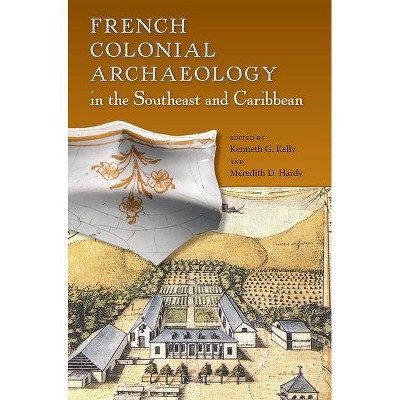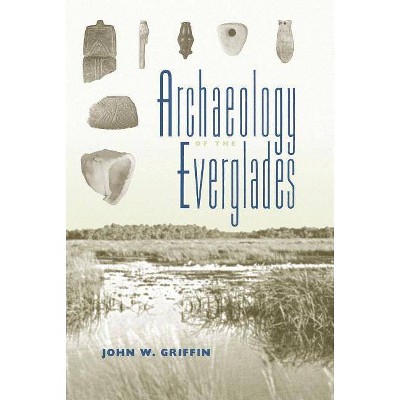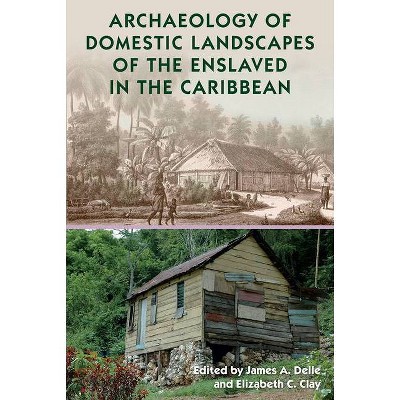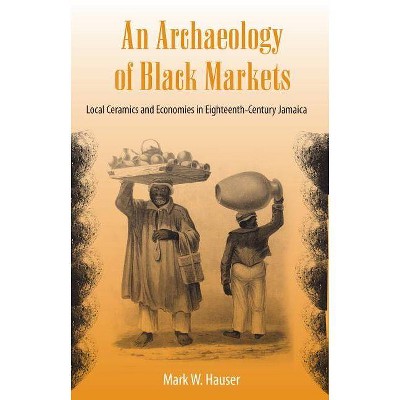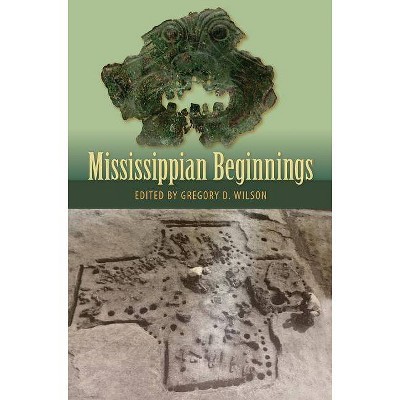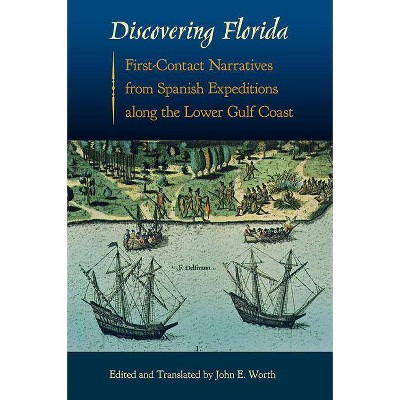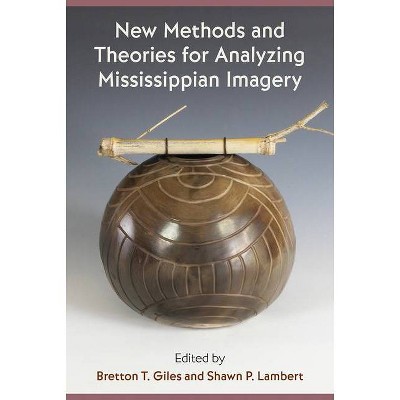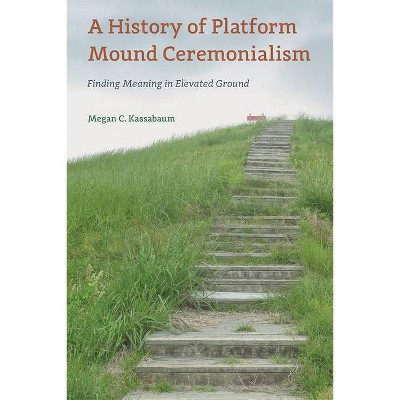Iconography and Wetsite Archaeology of Florida's Watery Realms - (Florida Museum of Natural History: Ripley P. Bullen) (Hardcover)
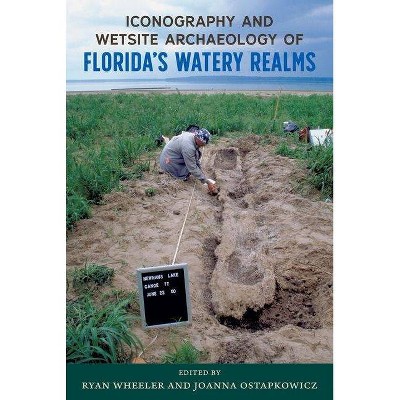
Similar Products
Products of same category from the store
AllProduct info
<p/><br></br><p><b> About the Book </b></p></br></br>Frank Hamilton Cushing's 1896 excavations at Key Marco revealed astonishing carved and painted objects of wood rarely seen by archaeologists. The chapters in this book explore new discoveries and revisit existing museum collections, asking new questions or employing innovative analytical techniques. While we might reach a different conclusion today, it's clear that ancient Florida is difficult to comfortably place within the Southeast or Caribbean and that much of that difficulty arises from the iconography born of Florida's watery landscapes.<p/><br></br><p><b> Book Synopsis </b></p></br></br>Beginning with Frank Hamilton Cushing's famous excavations at Key Marco in 1896, a large and diverse collection of animal carvings, dugout canoes, and other wooden objects has been uncovered from Florida's watery landscapes. <i>Iconography and Wetsite Archaeology of Florida's Watery Realms</i> explores new discoveries and reexamines existing artifacts to reveal the influential role of water in the daily lives of Florida's early inhabitants. Contributors compare anthropomorphic wooden carvings such as the Key Marco cat statuette to figures found elsewhere in the Southeast, connecting Floridians with the Mississippian world. They use ethnographic data to argue that Newnans Lake was once an intersection between major watersheds and that the more than 100 canoes unearthed there likely facilitated travel throughout the peninsula. A second look at artifacts from the Fort Center pond reveals mortuary figurines were deposited intentionally and over the course of several centuries. Other sites discussed include Chassahowitzka Springs, Weedon Island Preserve, Pineland, and Hontoon Island. Essays address the challenges of excavating and preserving perishable artifacts from waterlogged sites, especially those in saltwater environments, highlight the value of revisiting museum collections to ask new questions and employ new analytical techniques, and emphasize the important role of the public in the discovery of wetland sites. This volume demonstrates that, despite the difficulties faced by archaeologists working with saturated deposits, these sites are vital for understanding Florida's prehistory. <b>Contributors: </b> Ryan J. Wheeler - Joanna Ostapkowicz - Michael A. Arbuthnot - Merald R. Clark - Julia B. Duggins - Michael Faught - Vernon James Knight - Phyllis Kolianos - William H. Marquardt - Lee A. Newsom - Daniel M. Seinfeld - S. Margaret Spivey-Faulkner - Karen Walker A volume in the Florida Museum of Natural History: Ripley P. Bullen Series
Price History
Price Archive shows prices from various stores, lets you see history and find the cheapest. There is no actual sale on the website. For all support, inquiry and suggestion messagescommunication@pricearchive.us
